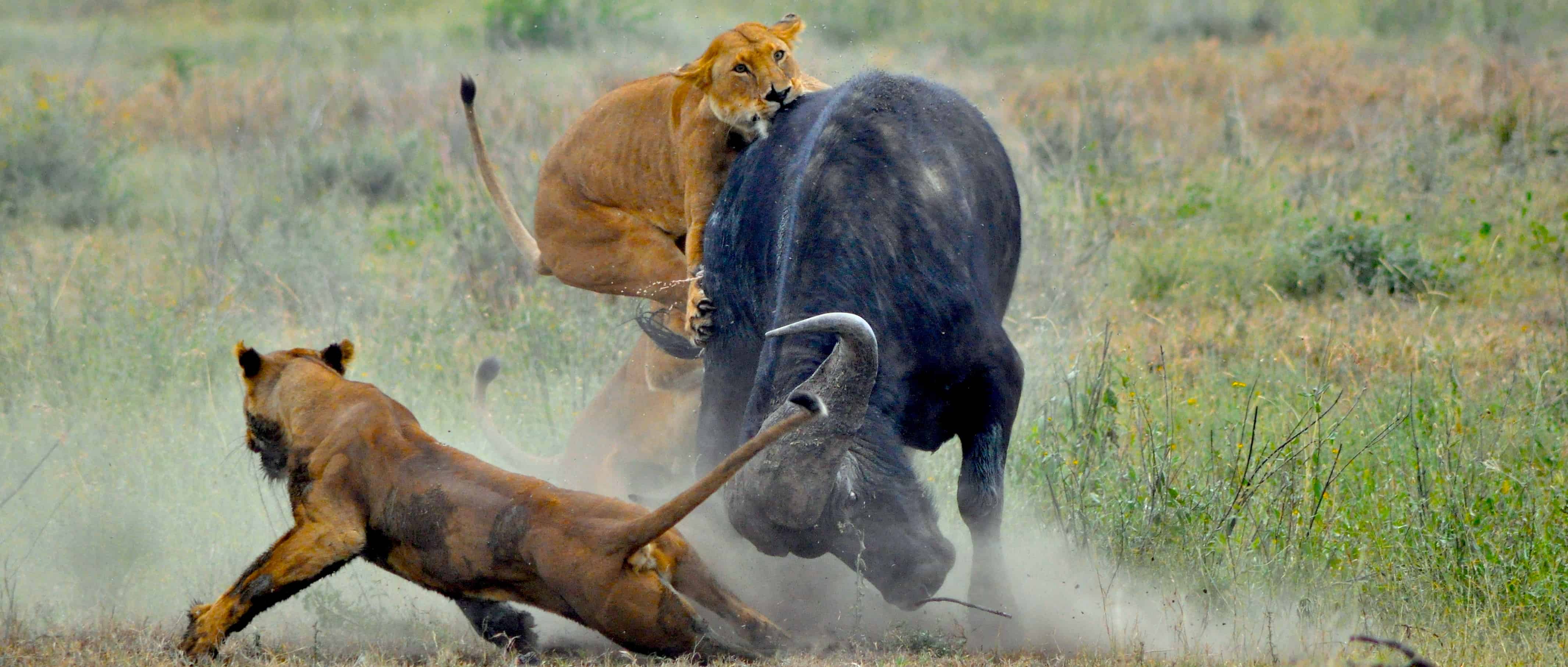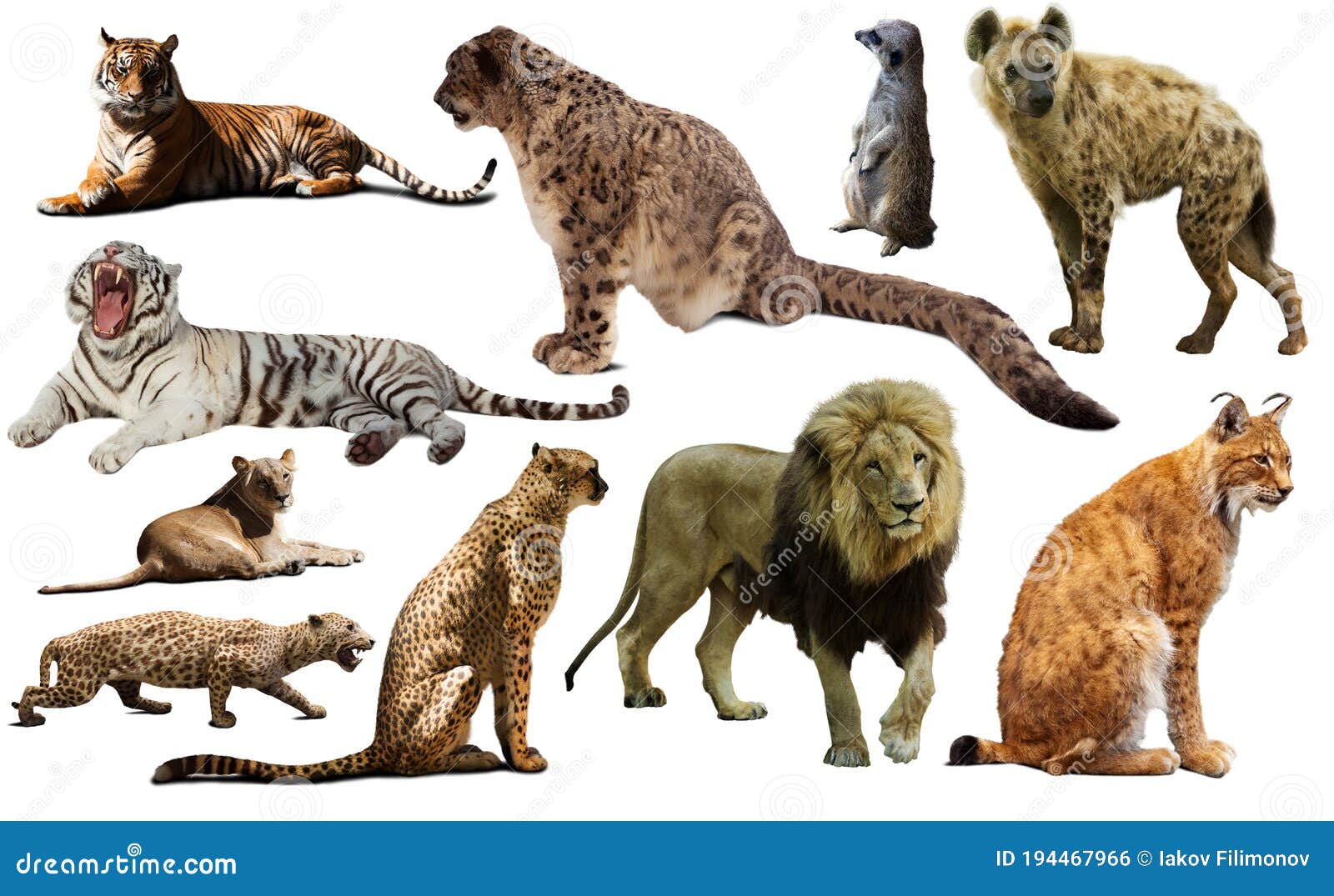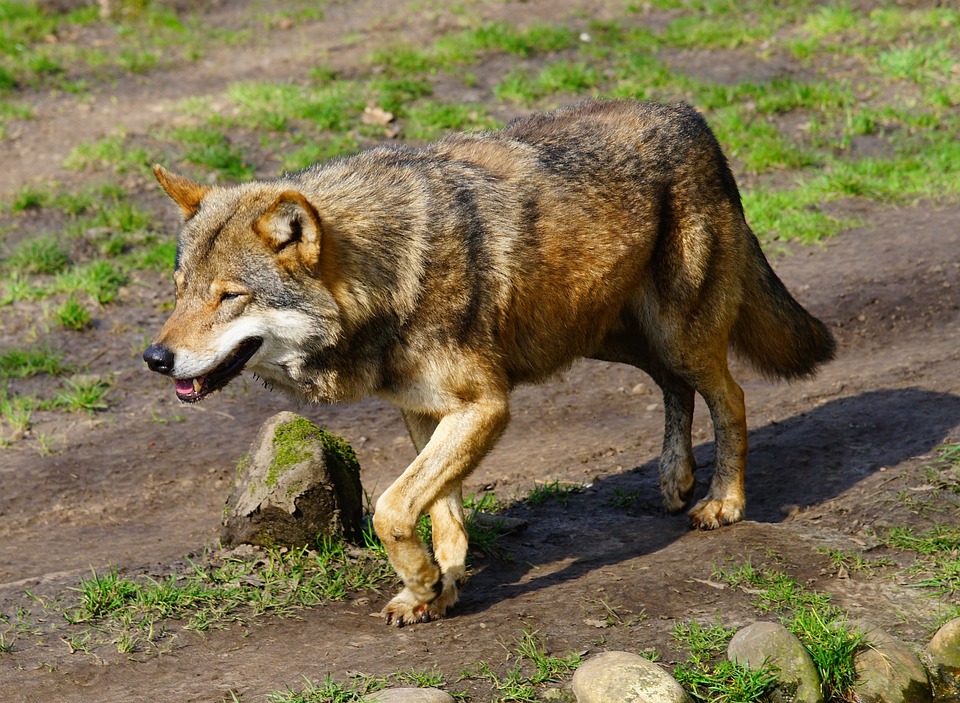
Pupils should be introduced to the terms ‘habitat’ (a natural environment or home of a variety of plants and animals) and ‘micro-habitat’ (a very small habitat, for example for woodlice under stones, logs or leaf litter). They should raise and answer questions that help them to become familiar with the life processes that are common to all living things. Pupils should be introduced to the idea that all living things have certain characteristics that are essential for keeping them alive and healthy.

describe how animals obtain their food from plants and other animals, using the idea of a simple food chain, and identify and name different sources of food.identify that most living things live in habitats to which they are suited and describe how different habitats provide for the basic needs of different kinds of animals and plants, and how they depend on each other.National Curriculum Key Stage 1 Science (Year 2) objective: Pupils might work scientifically by: using their observations to compare and contrast animals at first hand or through videos and photographs, describing how they identify and group them grouping animals according to what they eat and using their senses to compare different textures, sounds and smells. describe and compare the structure of a variety of common animals (fish, amphibians, reptiles, birds and mammals, including pets).identify and name a variety of common animals that are carnivores, herbivores and omnivores.identify and name a variety of common animals including fish, amphibians, reptiles, birds and mammals.

If you have any queries about our upcoming curriculum resource links, please email: Animals primary resource assists with teaching the following Key Stage 1 Science (Year 1) objectives from the National Curriculum: We are currently working to bring specifically tailored curriculum resource links for our other territories including South Africa, Australia and New Zealand. N.B. The following information for mapping the resource documents to the school curriculum is specifically tailored to the English National Curriculum and Scottish Curriculum for Excellence. Pupils will learn about the amazing hunting techniques and intriguing feeding habits of the animal kingdom in this National Geographic Kids Science Primary Resource.ĭownload the resource at the bottom of this page, together with a stimulus sheet featuring ideas for study group tasks and classroom activities! How do bats find and catch bugs in mid-air? What are the world’s largest predators? Which plants feast on insects? Which snake species only eats eggs?! The fate of all predators is therefore intricately interwoven with that of their prey.This primary resource features 30 fascinating facts about our planet’s predators. This is because between each feeding level in the food chain there is substantial loss of energy, so a 60-kilogram hyaena is dependent on 6 000 kilograms of hoofed animals, equivalent to a herd of 105 impala. In Kruger, the combined biomass of the major predators is equal to just one per cent of their prey species.

Most predators are small in comparison to the mass of their prey. During wet cycles it is easier to stalk and catch zebra and wildebeest, while in times of drought they tend to kill more buffalo, often animals that would anyway have perished from lack of food. Lion in Kruger sometimes change their prey preferences during wet and dry cycles.

In the Central Region, the ratio of lion to prey is 1:110, which is exceptionally high when compared to 1:1 000 in Tanzania's Serengeti. Interesting comparisons have been drawn between the numbers of predators in Kruger and the hoofed animals on which they prey.


 0 kommentar(er)
0 kommentar(er)
